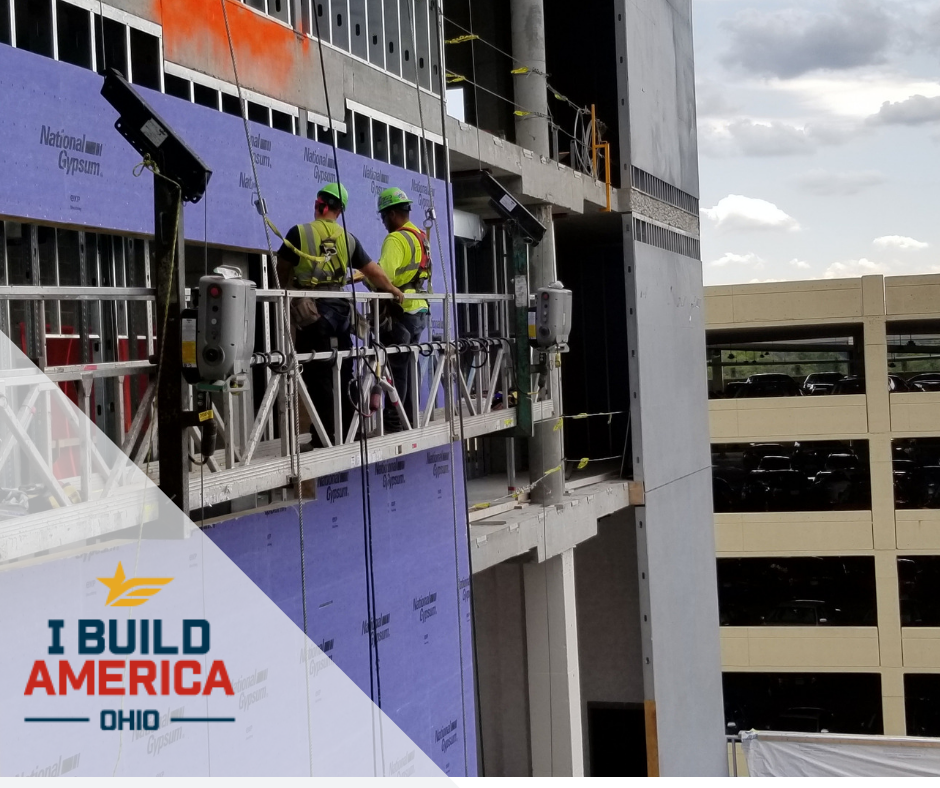
In our last Featured Position post, we spotlighted the very important position of HVAC Specialist. As we discussed, they play a crucial role in temperature control. But this week’s feature is equally as important in maintaining indoor comfort: the Insulation Worker.
A well-insulated building saves energy and costs year-round as insulation helps block heat out in the summer and keep it in during the winter. Insulation Workers, also called insulators, install and replace the very important materials used to insulate buildings and their mechanical systems.
Generally speaking, insulators typically do the following while on the job:
- Remove and dispose of old insulation.
- Review blueprints to determine the amount and type of insulation needed.
- Measure and cut insulation to fit into walls and around pipes.
- Secure insulation with staples, tape, or screws.
- Use air compressors to spray foam insulation.
- Install plastic barriers to protect insulation from moisture.
These tasks require a certain skillset, including:
- Dexterity.
In a typical job, insulation workers must contort their bodies to maneuver confined spaces and access high ceiling levels.
- Physical stamina.
While on the job, insulation workers are anything but desk-bound. Constant movement is expected every workday as insulators transition from standing to kneeling to bending in a range of positions.
- Math skills.
In addition to physical abilities, mental strength plays an important part in an insulator’s day, especially mechanical insulators. For example, mechanical insulators need to measure the size of the equipment or pipe they are insulating to determine the amount and dimensions of insulation needed.
- Mechanical skills.
If you like working with your hands, you’ll have the chance to in this position. Insulation workers use a variety of hand and power tools to install and remove insulation.
When deciding if this position is right for you, consider the two types of insulation workers:
- Floor, ceiling, and wall insulators
This position focuses on installing insulation in attics, under floors, and behind walls, primarily in residential homes. A typical day includes unrolling, cutting, fitting, and stapling batts of fiberglass insulation between wall studs and ceiling joists or spraying foam insulation with a compressor hose into the space being filled.
There are no specific education requirements for floor, ceiling, and wall insulators, though a high school education is preferred. Most insulators learn on the job after completing mandatory Occupational Safety and Health Administration (OSHA) safety training on handling insulation and asbestos. Learning on the job alongside more experienced workers helps workers learn the ins and outs of operating equipment before being tasked with leading an insulation job on their own.
- Mechanical insulators
This position applies insulation to equipment, pipes, or ductwork, primarily in commercial buildings, businesses, and factories. A bit more expertise is required in this role as conditions are more variable.
Mechanical insulators should have a high school diploma, completing courses in math, woodworking, mechanical drawing, and science, and complete an apprenticeship. The four-year mechanical insulator apprenticeship program requires a minimum of 88 related classroom hours per year and 8,000 on-the-job training hours.
No matter which route you take, we at I Build America – Ohio highly recommend completing an apprenticeship to hone your skills. Click here to find an apprenticeship near you.
With an overall desire for more energy-efficient buildings, it’s a great time to become an insulation worker. Ohio insulation workers can expect to earn $25/hour. Plus, overall employment of insulation workers is projected to grow 5 percent over the next ten years, while demand for mechanical insulation workers is projected to grow 10 percent. Click here to learn more on our website.